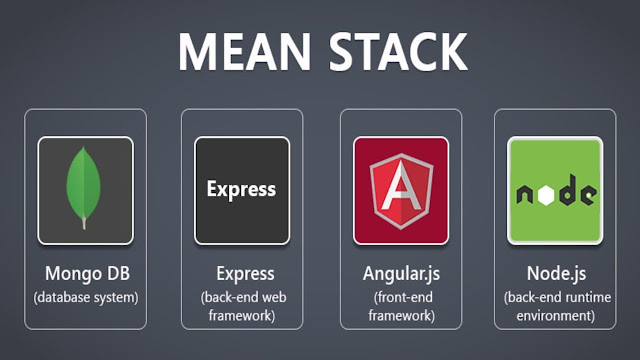Improve User Experience for your Ecommerce Customer

It takes days or even months to find a good customer — and less than one second to lose them, especially in eCommerce. It’s a harsh reality that has been evident to businesses within each sector over the years, from the days defined by brick and mortar to the evolution of big-box retail and superstores. Now, again with the rise of e-commerce , the task of providing a great customer experience has gone online. When you can’t provide an e x cellent customer experience with a handshake and a smile, how do you ensure your consumers are getting what they need? But even more importantly, how can you build a base of loyal consumers and ensure they return for more? Read More — Use RPA To Upskill To Your Employees Improving User Experience On Your Website Your website is the primary way in which your online customers interact with your brand. As a result, reaching more potential customers and increasing your web traffic does you little good if the first thing your customers ex...





